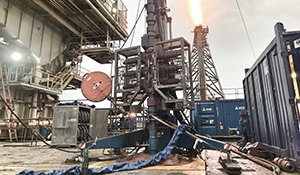Keynote Presentation Script from ICoTA Week, Thursday 11th March 2021
There are many experts and organisations trying to plot the near-, mid- and long-term outlook associated with an economic recovery following the ongoing pandemic, and the impact that will have on global energy demand.
Specific to us is the demand for Oil & Gas, the commodity pricing and activity levels within the industry, and how that may impact investment in the sector.
The consensus seems to be a positive sentiment that the ongoing vaccine rollout will provide a release from the extensive lockdown restrictions, and in turn spur a recovery that could start in the second half of 2021.
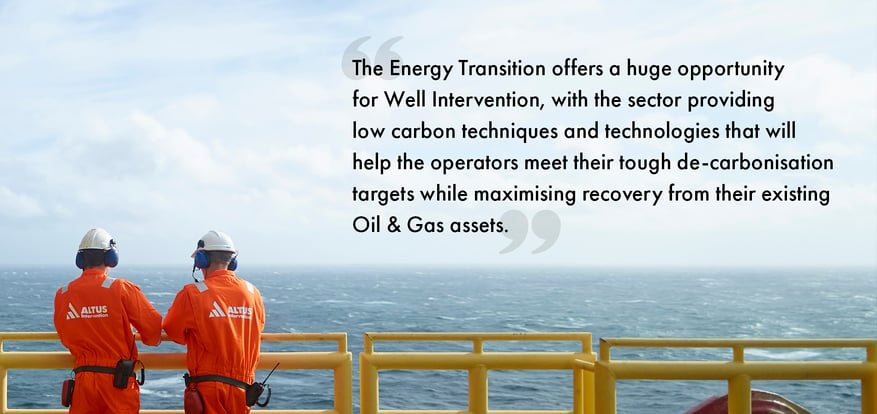
Energy Transition
In addition, there is a lot of focus and action associated with the climate driven Energy Transition, and the timing and impact of the resulting shift from a high dependence on fossil-based fuels to alternative low carbon renewable energy sources such as wind, solar, hydro, and geothermal.
It is now considered no longer a matter of if, but more at what pace and to what extent this transition will happen, and the growing pragmatic realisation that a mix of all energy sources will need to be maintained – with Oil and Gas remaining a significant contributor to the global energy demand portfolio for quite some years yet. Some are even suggesting “we could run out of oil before we no longer need it.“
Improvements in the cleanliness of fossil fuel energy with respect to associated emissions has become an increasingly important matter, with aggressive carbon neutral targets being set by a growing number of companies and governments. Technology innovation can and will have a significant role to play in achieving these targets. In fact, we are already seeing signs of that in well intervention, as operators challenge themselves, equipment manufacturers and service providers to seek solutions that have a lighter environmental footprint.
While these aspects play out, reliance on Oil and Gas exploration and production, and the maintenance and the eventual P&A of the related well infrastructure, will continue. Well intervention technologies and techniques already play a significant role in this, a role that will likely grow through the transition.
My keynote will focus on the technology and operational trends associated with the intervention business. I have grouped these trends into four: Mission certainty, Operational efficiency, Footprint minimisation, and Digitalisation.
You will see from my presentation I do not consider these as isolated aspects. More so they are totally inter-twined, involving technology, process, and human factors.
Continued attention to, and improvements in Safety and Service Quality remains a mainstay, as does the improved efficiency and cost effectiveness of all and any intervention operation. Far from conflicting, the trends will all contribute positively towards these as well as towards a reduced environmental impact – of the interventions themselves and through extending the life of, and production from, the vast existing well stock.

Mission Certainty
"Real-time measurements are also providing the ability to adapt the operation to the downhole conditions encountered if they are to differ from those expected"
Long gone are the days of trial and error with regards to well interventions.
- Operators are now requiring an increased level certainty on intervention operations so they can better estimate the associated resources, time, and costs, and assess the NPV for capital budgeting and investment planning – in doing so determining the profitability, hence viability, of a project.
- Robust planning is improving the selection and optimisation of the solution. Detailed job program design, including HAZOP analysis for anticipated challenges, coupled with thorough pre-job System Integration Testing, have now become commonplace in well intervention.
- Improvements in downhole tool design with increased levels of instrumentation, coupled with surface to downhole data communications, is providing in-well visibility of tool status and real-time tool adjustment control during operations.
Having been available from the outset with electric-line logging, for quite some time on Coiled Tubing, and most recently on slickline, sensor instrumentation and its real-time connectivity is now available on the range of powered mechanical intervention technologies that are deployed on electric line and coiled tubing. In some cases, the deployment mechanism itself has become instrumented, an example being distributed fibre optic measurements from the line.
These real-time measurements are also providing the ability to adapt the operation to the downhole conditions encountered if they are to differ from those expected, enabling objective data driven decisions to be taken.
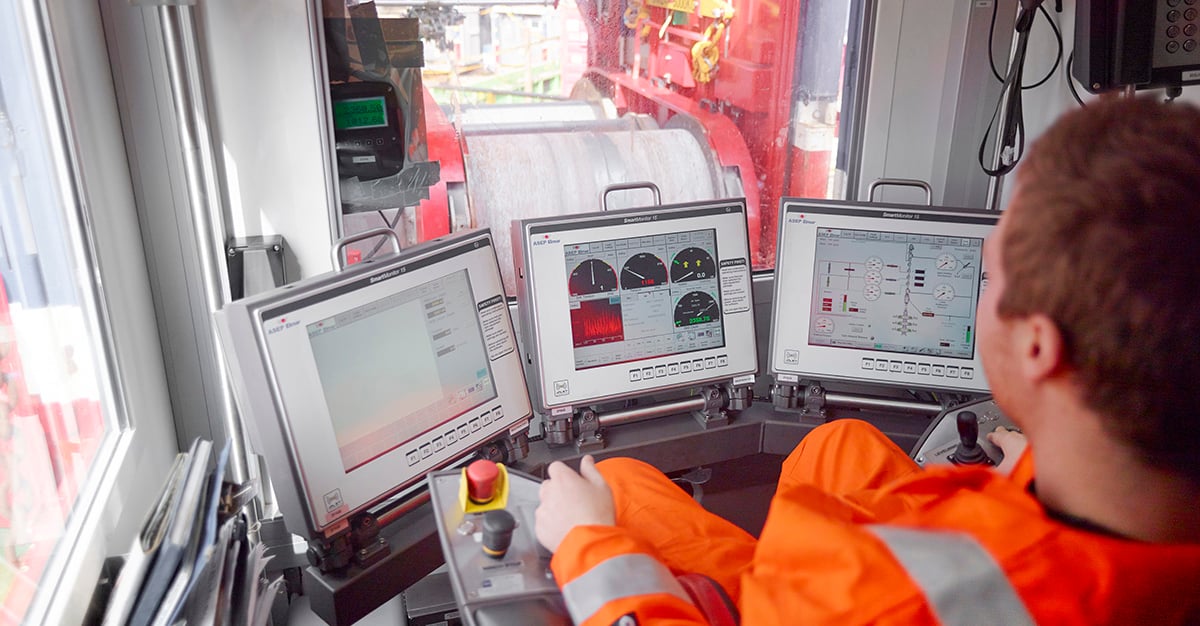
Operational Efficiency
"Tool integration, simultaneous task management and single run/multi-function execution is fast becoming the expected norm."
Another trend is to remove the need for sequential tool deployments when executing the multiple tasks often required in well intervention programs, and in doing so creating significant operational efficiency gains. Sensor instrumentation, open system architecture design and real-time connectivity is enabling this combinability within and across companies. With that, tool integration, simultaneous task management and single run/multi-function execution is fast becoming the expected norm. This combinability is also providing better real-time verification of task completion.
Examples of this are:
- executing a plug set – pipe punch – pipe cut P&A operation with one run in hole.
- integrating a caliper device with a completion manipulation toolstring, providing completion component status information pre- and post-shifting to augment the stroke position and force measurements of the actuator tool.
Furthermore, personnel multi-skilling and service company integration whilst not a new desire, is now being demanded by some operators – as one operator calls it “a One Team Approach to well intervention”. Whilst still competing, service companies are now increasingly collaborating to deliver an optimised intervention solution via an integrated delivery model. This is happening not only with the smaller niche technology providers, but also amongst regional and global service companies, integrating both human resources and technology.
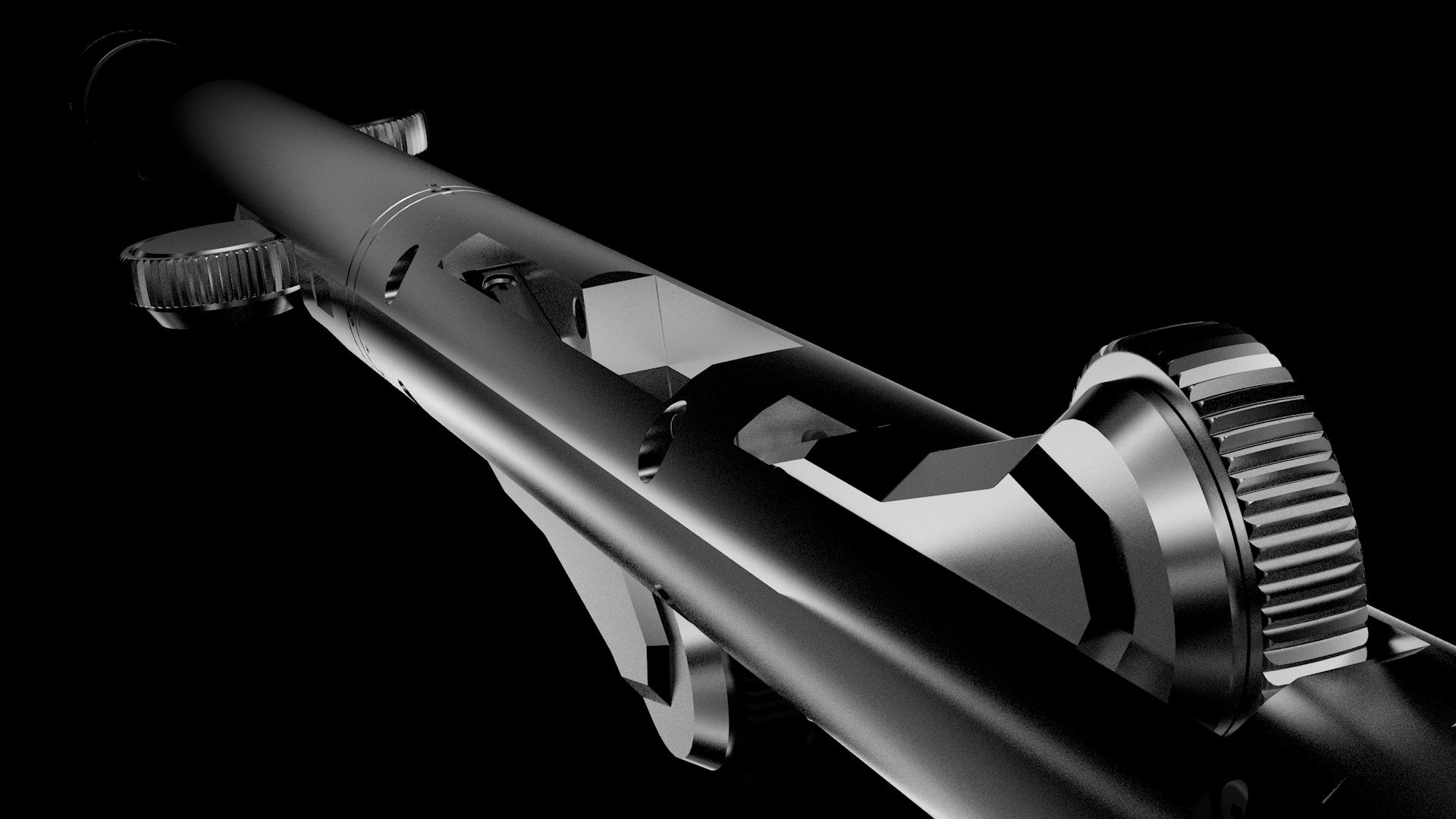
Footprint Minimisation
"Preference is increasing amongst operators for the lighter technology solution, with many encouraging service companies to push the capability boundaries."
Conducting well intervention operations with a reduced footprint, with regards to equipment size and quantity;personnel manning levels, and; equipment and personnel logistics, brings obvious benefits with regards to operational efficiencies and risk reduction, and to some extent risk elimination. This is particularly so in offshore locations. Furthermore, conducting a less invasive “keyhole surgery” style of intervention is preferred when there is concern about the operation possibly having a detrimental impact on the reservoir, or any subsequent interventions that are expected to follow.
The availability of lighter solutions is facilitating this, and by default is having a positive impact on reducing intervention generated greenhouse gas emissions – a critical focus across the O&G industry and the world at large. As a result, preference is increasing amongst operators for the lighter technology solution, with many encouraging service companies to push the capability boundaries of the technologies so as to leverage their beneficial impact across a broader and more demanding range of intervention scope.
Advances in tool design and engineering, coupled with instrumentation, real-time operational visibility and control, and connectivity beyond the wellsite are all enabling a measured and controlled scope expansion.
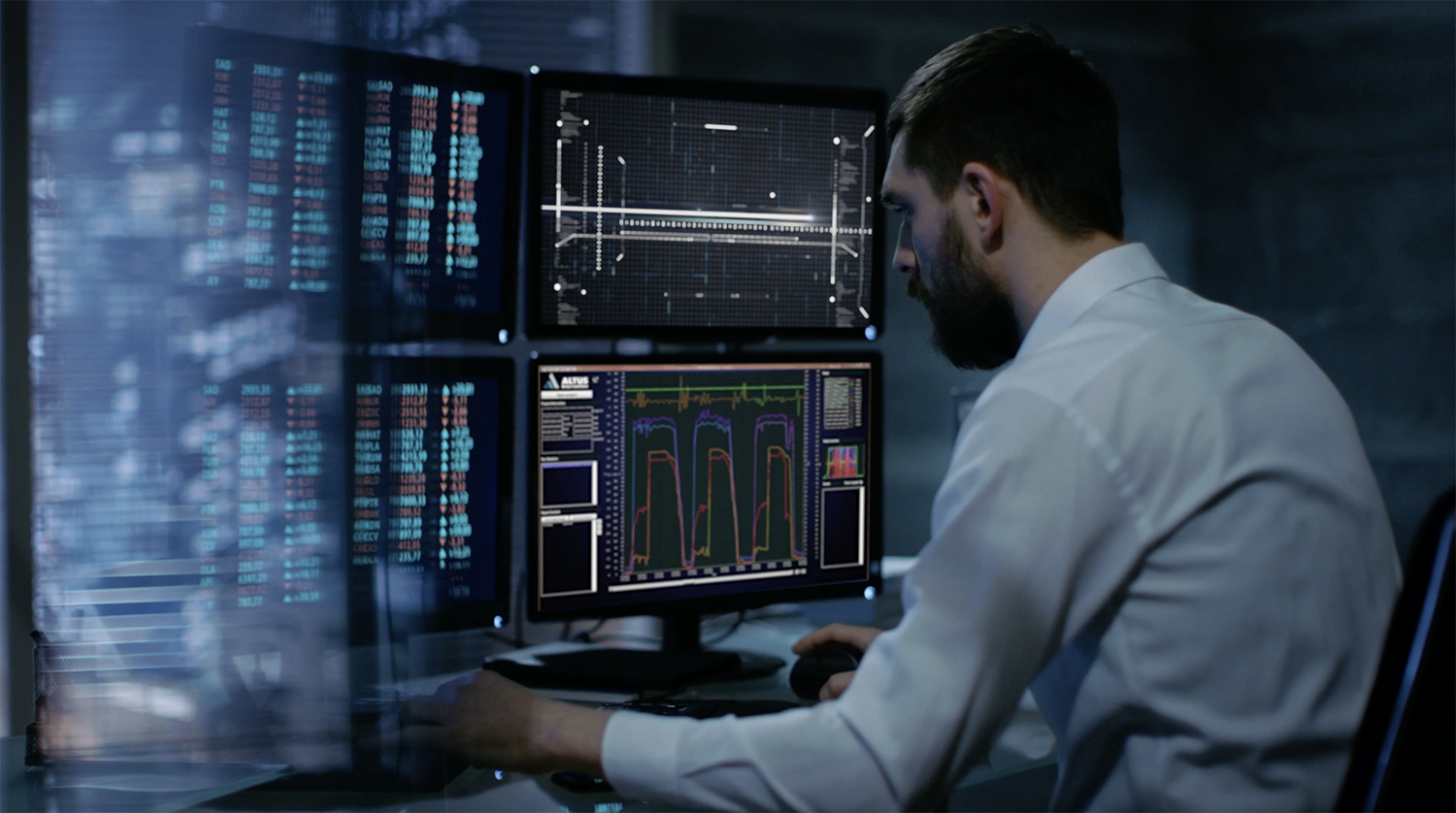
Digitalisation
"This growing ability to use data to control, activate and verify an operation from where and when required or desired, is also aiding decision making and facilitating accelerated learning."
As the extent of data available from intervention tools and equipment increases, along with the improvements in real-time high bandwidth connectivity, data storage and the ease data access, the full benefits of Digital Transformation in intervention will be realised.
Sensor instrumentation within intervention technologies, and the real time transmission of the data to the surface acquisition unit at the wellsite is not new, nor is the transmission of that data to other sites for remote viewing, sharing, integration and collaboration. However, recent advances in data streaming, cloud storage and data access has hugely impacted the ease with which this can happen and is facilitating full stakeholder collaboration amongst a wider audience of subject matter experts (SME) within the service companies, 3rd parties, partners, and operators. This growing ability to use data to control, activate and verify an operation from where and when required or desired, is also aiding decision making and facilitating accelerated learning.
This Digitalisation also lays the foundations for increased automation of both downhole and surface related tasks, as well as the application of machine learning and artificial intelligence, something that is already starting to appear on the horizon.
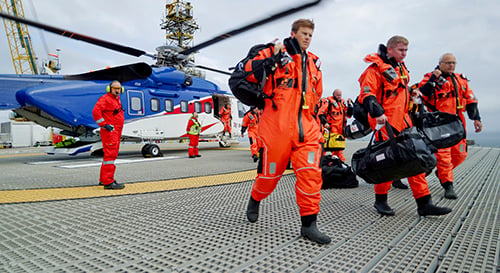
In conclusion
In conclusion, as we find ourselves in another cycle of disruption and uncertainty, I would like to offer a more optimistic line of thought that suggests it is a time of great opportunity for the well intervention sector.
Energy Transition: The Energy Transition offers a huge opportunity for Well Intervention, with the sector providing low carbon techniques and technologies that will help the operators meet their tough decarbonisation targets while maximising recovery from their existing Oil & Gas assets. This in turn will improve the ROI that the energy companies will use to fund the change in energy supply.
Digital: Fully operationalising the use of data to further improve the planning and execution of well interventions with regards to operational certainty, efficiency, safety, and environmental impact will deliver huge value in present and future applications.
Sustainability: We are an industry rich with phenomenal skills and innovative technologies, we are adaptive and resilient. I am extremely optimistic in what I see happening in the transformation of our service delivery – with new and evolving skills, a high pace of technology adoption and our embracing the power of digital. We have an offering that continues to be in demand and will grow in importance. This progress is real and I believe with improved communication and understanding it will become better understood outside the industry – lets retain and develop our skills, and importantly attract new talent.
Responsibility: The requirement and responsibility to bring the ageing well infrastructure to rest at the end of its life through Plug & Abandonment is major undertaking for the operators. Well Intervention techniques and technology will play an increasingly valuable role in this, with smarter processes and innovative technologies bringing improved task and cost certainty, optimising cash flow in a responsible manner.
So yes, we are in challenging times, but the future is bright, and the future needs Well Intervention.

